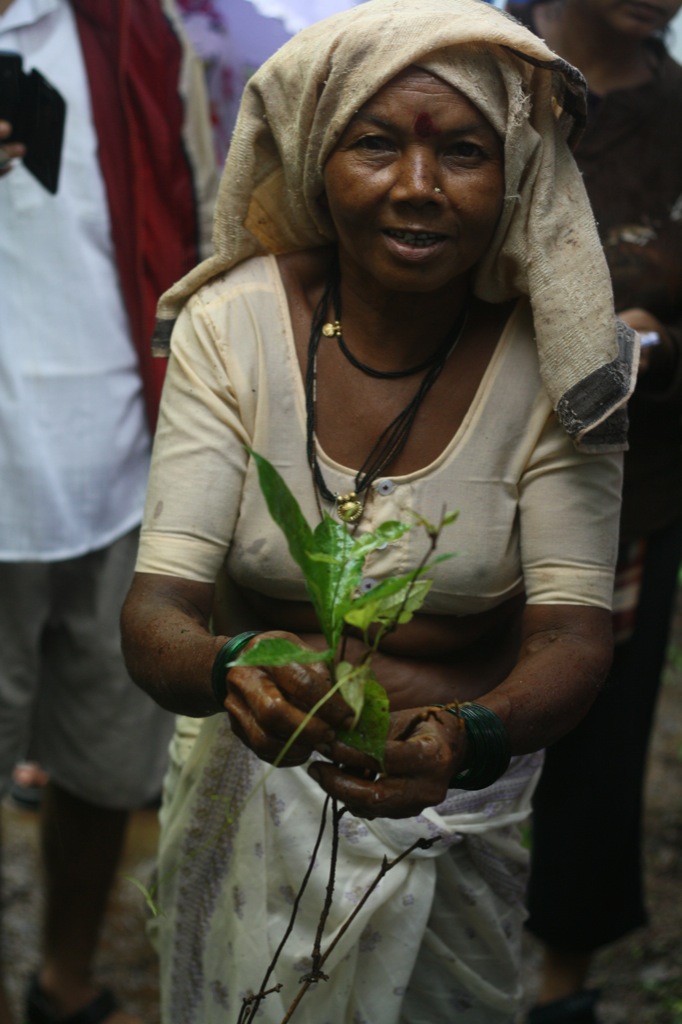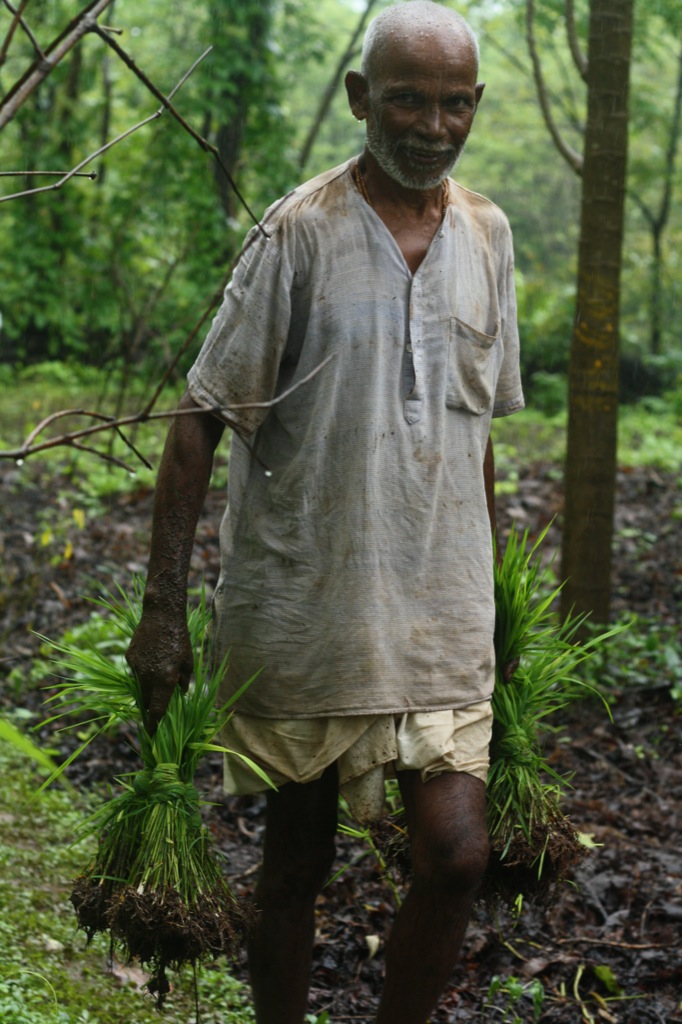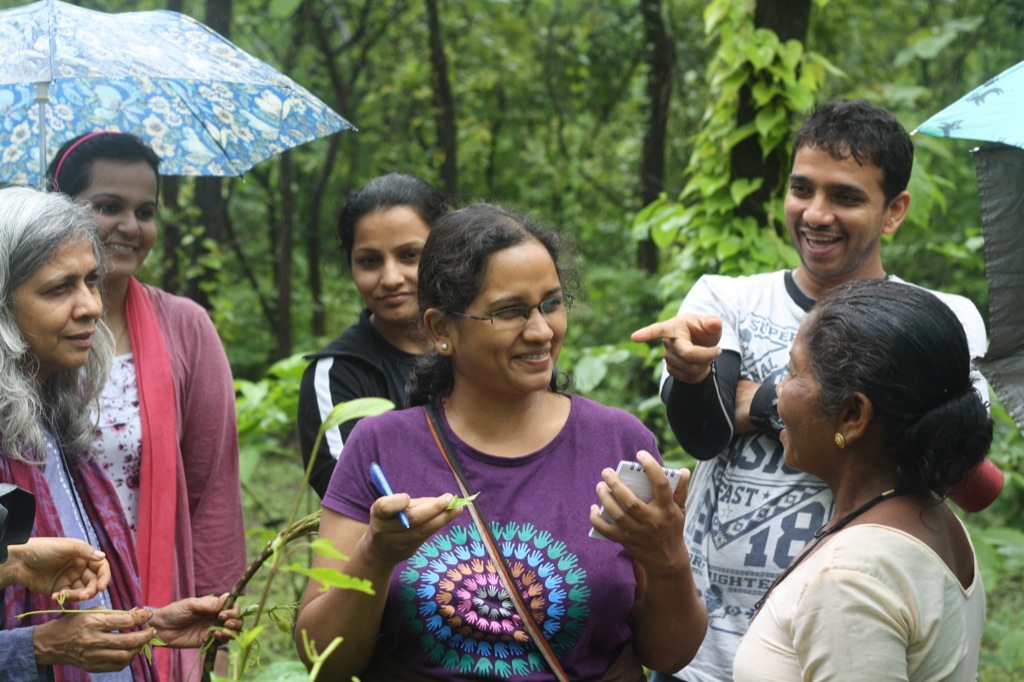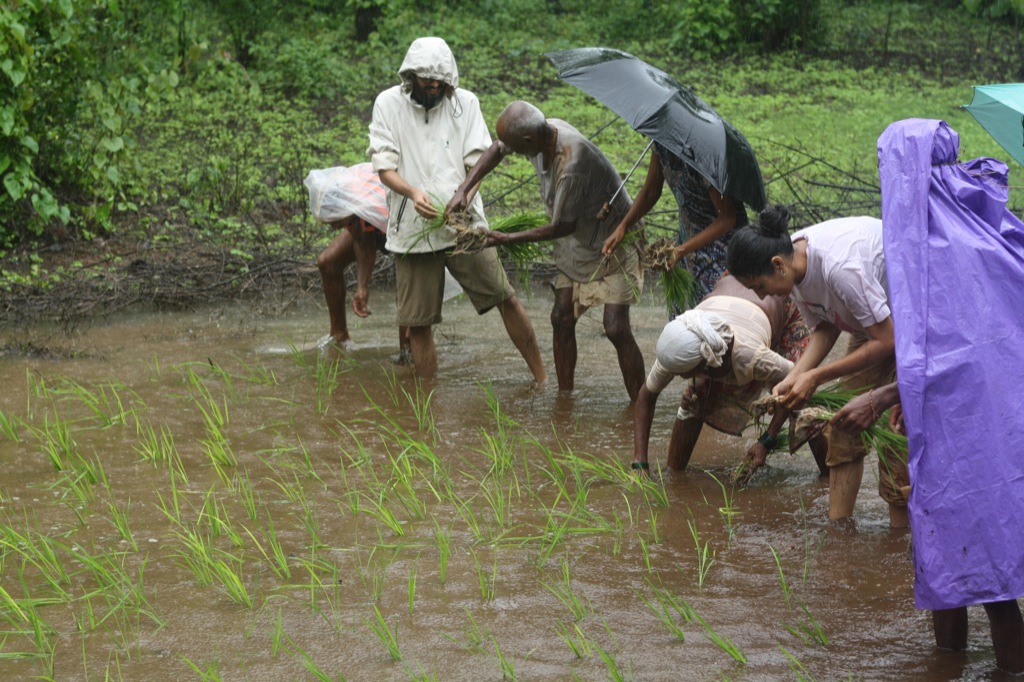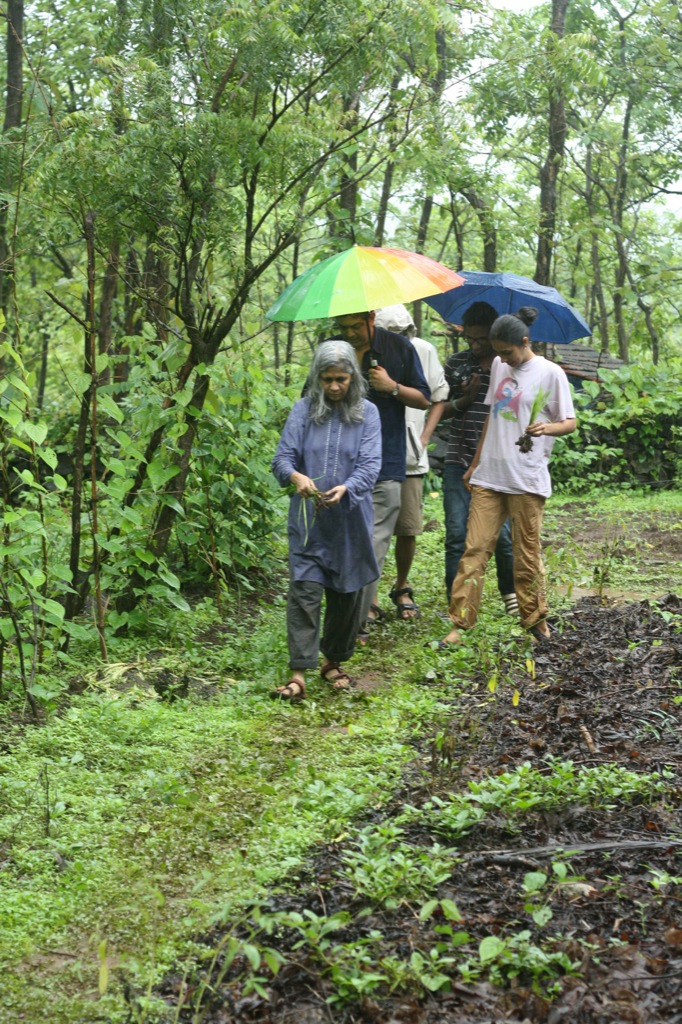“The environment is the basis of life, survival and well-being. Our air, water, food, and state of mind are closely dependent on our natural environment. Forest are critical.”
Those curious about India are often drawn towards the luscious beauty of nature that exists within this extraordinary country of cultures, religion and history. The Indian forests are a habitat for various plant and animal species, and precious to many ancient tribes who thrive off everything that these breathtaking forests have to offer.
A group of environmental enthusiasts came together in 1994 to buy and regenerate 65 acres of a degraded deciduous forest that had been clear-felled just 2-3 years earlier. Situated approximately 100km from one of India’s largest cities, Mumbai, and roughly 1.5 km from village Vaara, Taluka Karjat in the Raigarh district of the state of Maharashtra, the forest has been named “Van Vadi”, which translates to “forest settlement” or “forest-farm”.
Bharata Mansata, one of the founders of Van Vadi, spoke to the IPF over a hot cup of chai (Indian tea), providing us with a fascinating insight into the enriching journey of this venture. Over the past 22 years, Van Vadi has worked closely with a local adivasi family and community — belonging to an indigenous Indian tribe of Thakurs — who have played a crucial role in helping Van Vadi protect and regenerate the land for the last 18 years.
“Today, if there are any people left on this earth who can teach our floundering ‘millennium generation’ the fine art and science of co-existing in harmony with the forest, it is the Adivasis.”
Bharat, along with two other Van Vadi founding members, Ramanand and Sesha, were initially searching for a 10-15 acre plot of land to grow organic fruits and vegetables. However, once they came across the glorious land that surrounds Van Vadi, their vision expanded further. By bringing together 24 like-minded individuals to invest in the venture, they were able to protect and regenerate 65 acres of land.
Bharat explained that they had dreamt of creating an “alternative community” that would “meet its needs in harmony with nature and fellow humans”. He told the IPF what was necessary in order to make this a reality:
“We didn’t want city people coming in and ruining the land so finally we made some very basic rules like no use of chemicals, keeping at least 50% tree cover, conservative use of water, and no buying land for speculative gain.”
Species biodiversity and natural rainwater harvesting
There are at least 40,000 trees growing now in the regenerated forest; and an ever-growing biodiversity of plants, including 52 wild, uncultivated edible plant species, and more than 115 traditionally useful species. Out of this, there are 20 timber species, 45 plant species documented to be of medical use, as well as plants that yield natural soaps, oils, gums and resins, botanical pesticides, and natural dyes.
Van Vadi lies between this Adivasi village and a Maratha village, making it an easy walk to the forest for the tribals. It was the Adivasis who showed them that they could also grow on this undulating land a variety of farm crops like rice, millets (Finger millet, Common millet, Foxtail millet), and oilseeds like sesame. Bharat explained:
“The senior Adivasis are exceptionally good with forest species and forest foods. We get a lot of guidance from them.”
Bharat also eagerly pointed out how the dense high tree cover in these foothills plays an effective role in water recharge. The thick vegetation and rich absorbent soil below the forest acts like a massive sponge to soak the rainfall and recharge the underlying groundwater aquifers, benefiting nearby downstream villages as well. Additionally, several check dams on monsoon streams create surface water bodies to augment rainwater harvesting.
Van Utsav forest festival
Every year in October, Van Vadi invites guests for a six-day Van Utsav (forest festival). Centred on the theme of “Sharing creativity, celebrating community”, the festival creates an alternative community with city folk and the Adivasis. Visitors are asked to bring a tent, a flash-light, and any musical instrument they play.
Upto 60 people, including children and grandparents, travel to Van Vadi to participate in the workshops, discussions and activities organised during the Van Utsav festival. Guests may learn about the forest and its biodiversity, including wild foods, organic gardening, composting, natural healing, local crafts like basket weaving, swimming, bird watching, story-telling, yoga and meditation.
Last year, the Van Utsav began with a community dance led by the Adivasis and a session on “Forest foods, farming and Adivasi culture”. The second day celebrated the famous Hindu festival of Dussehra with decorations of local natural materials, a meal cooked with organic foods, and of course, a lot of colourful singing, music and dance.
“Our lovely forest environment and our streams and all the enormous diversity… the kids who come just love it because everything they see, every step they walk, they see something new which is stimulating and exciting.”
However, the immensity of what Van Vadi offers doesn’t only happen once a year. They also have several workshops throughout the year that teach people how to live a more sustainable life. Past themes have included: seed saving, house building with earth, medicinal plants, soil and water conservation. In June-July 2016, a hedge planting camp was organised, as well as a home food gardening workshop, a forest foods foraging walk, rice and millets transplanting, and a Mahua cooking class.
Bharat was particularly excited about the Mahua workshop. “The Mahua tree is very precious for the Adivasis all over India because every part of it is useful to them. The flowers of the tree are edible; you can make hundreds of wholesome recipes with them. The fruit too is cooked as a vegetable, and the kernel of its seed yields an edible oil.”
[Image credit: Van Vadi]
Protecting Van Vadi from human intervention
“The toughest problem is the two-legged animal: humans!”
About eight years ago, a road was built along the edge of the Vanvadi forest. Bharat explained that though this helped them reach their land more easily, it caused an unfortunate growing interest from land investors, who bought and converted a nearby area into a non-agricultural (NA) plot. Such NA plots allowed them to “build and construct densely on 80% of the land area”.
“Many of these developers bribe their way and get NA status,” said Bharat. “They have been coming to make a quick buck — to buy the land at a cheap rate from the villagers, and resell small plots to city people at a fat profit. They have not been coming for farming or horticulture or for ecological protection.”
The youth’s role
Despite this, Bharat and his team have vowed to continue preserving the area’s natural wealth as best as they can. Additionally, he urged young people to get more involved, adding that it is up to them to make a real difference.
“Young people are the ones who will face the problems of this environmental crisis. It’s time they wake up and push in the right direction.”
He concluded: “You can’t live on the fantasy tinsel, which the urban industrial economy sells, because a lot of it is just non-essential. The most basic aspects are food, water, air, health, state of mind. If that is getting ruined it doesn’t matter if you have 3 iPhones or whatever; it’s crazy!”
To find out more about Van Vadi and the Van Utsav festival, email: vanutsav@gmail.com
This article has been written for the IPF’s special ‘Prakriti‘ (“nature”) project, which aims to shine a light on environmentalism in India. To get involved with this project, contact the IPF’s Environment Editor, Tanviya Sapru.


